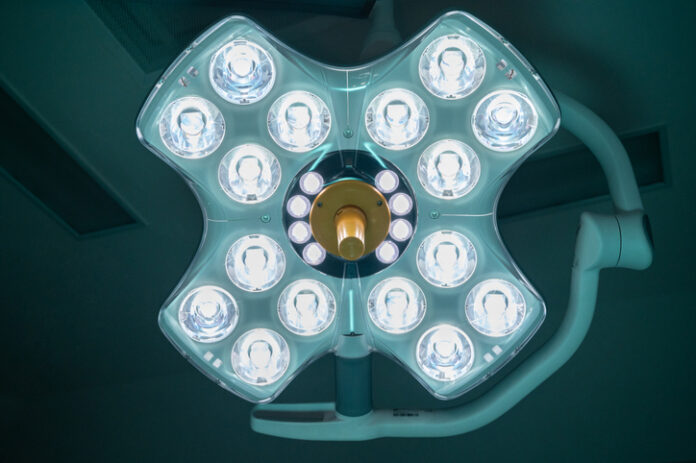Trump’s proposed tariff increases on Chinese imports could harm US-China trade, disrupt global supply chains, escalate tensions, increase medical device costs, and challenge US firms and Chinese exports.
Impact on US-China Trade and Global Supply Chains
Proposed tariff increases by the Trump administration threaten to disrupt US-China trade relations, harm Chinese medical device exports, and inflate costs, creating a volatile environment for global supply chains and US businesses in China. President-elect Trump’s plans to implement tariffs in his second term include a 25% tariff on Canadian and Mexican imports and a 10% rise on those for Chinese goods. The increased tariffs, announced in September 2024, could significantly affect the profitability and competitive edge of Chinese medical devices in the US market.
Challenges for the Medical Device Industry
The expected rise in US tariffs on China in 2025 may intensify existing vulnerabilities in the medical device sector. As the US depends heavily on Chinese imports, heightened tariffs could increase costs, delay production, and decrease the availability of crucial medical devices. Potential Chinese retaliatory actions may exacerbate supply chain risks and drive companies to rethink their strategies. Transitioning to alternative suppliers poses challenges, urging firms to diversify supply chains and invest in domestic production to maintain stability amidst the evolving trade landscape.
Rising US tariffs on mainland China are poised to significantly impact the medical device trade and supply chains by 2025. As these tariffs increase, the costs associated with importing medical devices and their components from China will likely surge, posing substantial challenges for manufacturers who have grown reliant on China’s robust production capacity and cost-effective supply solutions. The heightened tariffs are an extension of the broader trade tensions between the United States and China, aiming to address trade imbalances and intellectual property concerns. However, these measures could inadvertently complicate the landscape for the medical device sector, which plays a crucial role in healthcare delivery.
Many US-based medical device manufacturers depend on Chinese factories for the production of essential components such as electronics, plastic parts, and medical-grade textiles. The tariffs elevate the cost of these components, and manufacturers may face the difficult decision of either absorbing these costs or passing them on to consumers and healthcare providers, potentially leading to increased prices for medical devices.
Additionally, the uncertainty introduced by the tariffs may cause supply chain disruptions. Companies that rely heavily on Chinese imports might scramble to diversify their supplier base, potentially exploring other regions such as Southeast Asia or Latin America. This shift, while theoretically feasible, entails significant logistical adjustments and time-consuming regulatory approval processes for newly sourced components, potentially delaying production and distribution.
Moreover, the increasing tariffs may encourage investment in domestic manufacturing capabilities within the US, as companies seek to mitigate risks associated with foreign supply chains. While this could boost local economies and reduce reliance on imports, it also necessitates substantial capital investment and time to scale production capacity to meet demand. The transition to domestic production poses its own set of challenges, including potential labor shortages and higher manufacturing costs, which could affect the affordability and availability of medical devices. This complex landscape emphasizes the need for strategic planning and policy considerations to navigate the implications of rising tariffs in the medical device industry.
Source : Rising US Tariffs on Mainland China May Escalate Medical Device Trade and Supply Chain Risks by 2025



